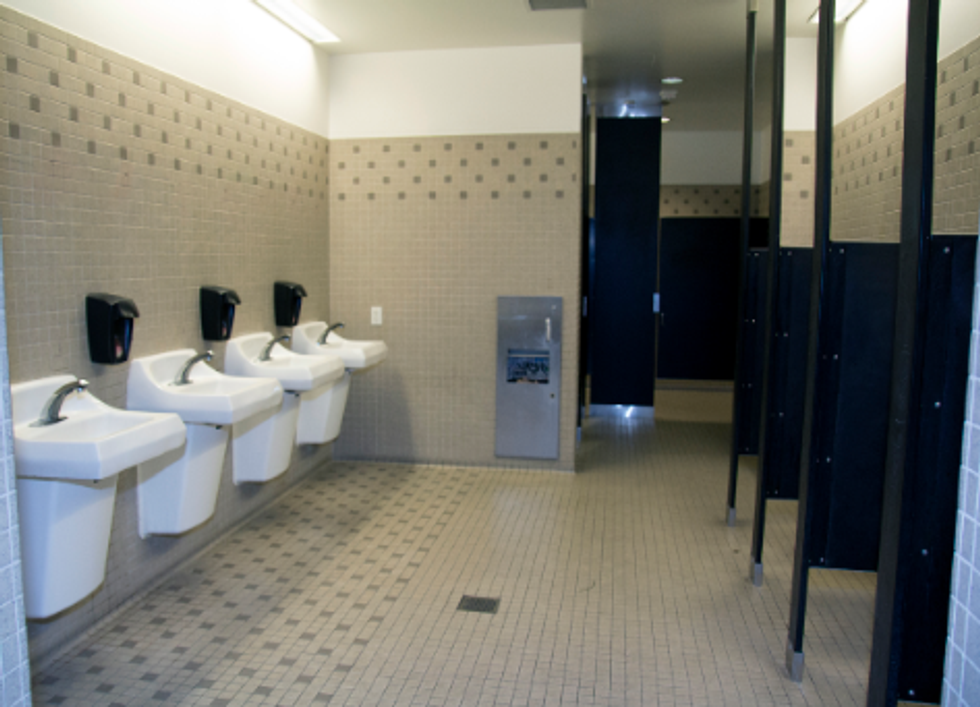In just over thirty years, we’ve gone from pay phones and home phones to smartphones that are no longer simply talking devices. More than one third of marriages between 2005 and 2012 began online. In 2004 YouTube didn’t exist; now, one hundred hours of video are uploaded every minute of every day, and over a billion unique users visit YouTube every month. The general debate to whether or not technology and the Internet are good for us and is consistently talked about, but the real focus should be on how technology has changed us as a consuming society.
Technology has changed our psychology in term of how we shop and what we buy. Our trust in innovation and our insistence on quick fixes is a result of technology and has persuasiveness on every aspect of being human. How we think and make decisions, how we feel, what we crave and how we relate to others are all factors of how people buy to elevate their emotional state. Improving both practical and emotional problems and situations remove negative and gain positive. Technology has created a new set of “problems” and emotional needs. With serious emotional and cultural shifts, marketers must be able to full understand the new consumer mind and utilize their understandings through various modern marketing practices.
Retailers and brands that feel authentic, that create a sense of community and belonging through their values that inspire consumers to connect with each other will achieve absolute success. In the book, Decoding the New Consumer Mind: How and Why We Shop, Kit Yarrow refers to our big shift psychology as the rise of “radical individualism.” Marketers now have both the challenge and the opportunity to build, trust, involve, and connect with consumers on a more personal level because connection is the emotional driver of our time, creating intensified emotions. The shifting moods of Americans are critical for marketers to understand because moods and emotions have a tremendous impact on how we perceive the world and motivations for buying. The most influential personality style that drives interactions and purchasing needs is narcissism. Narcissism activates particular consumer needs to feel special and appreciated. Marketers utilize this personality trait by exploiting the allure of specialness, exclusivity, secrets and social ranking. By creating special and exclusive offerings such as private events, loyalty programs, “secrets” and limited editions, people gain the perception of winning, excitement and creating a bond. For example, In-N-Out makes people feel special by having a menu that only fans know of to order from that aren’t on the actual menu. Researchers found that participants are three times more likely to buy a coffee mug when they were told that they were randomly selected to receive a special discount with their purchase. Exclusivity is prized; and in a world full of globalization where everything feels available to everyone at anytime, the feeling or finding something special or something rare, much like a private invitation, bonds consumers to a retailer or brand subconsciously.
Marketers must be prepared to use various psychological strategies towards the high-strung emotions of the new consumer mind. The classical phrase “reach for the stars,” has gone from children to society resulting in happiness expectations set so high, that not all can be met. Simply, original isn’t enough. Brands and retailers must ramp us the amount of stimulus they put out around their products in order to get their share of attention. They not only have to know more quickly and completely what consumers need and want, but they also have to find faster, more exciting, more efficient, and more satisfying ways to provide the fulfillment of those needs and wants. Some retailers and brands have recognized this and have reinterpreted consumer fantasies or themes into benefits and emotional moments for their consumers by giving them a bit of what they crave. For example, Kiehl’s has turned skin-care shopping into an adventure by having soda fountains, photo booths and their employees wear lab coats in some locations to give the effect of an old chemistry lab. Generally speaking, marketers have one of the hardest jobs in the world right now because it simply takes more to break through to the new consumer mind.
There are four C’s that turn passive consumers into advocates, allies and potentially the most satisfied, trusting and committed customers. The four C’s are champions, customization, crowdsourcing and contests. Champions is the act of getting a brand out there through vouching and social media such as Facebook, Twitter, Pinterest, videos, blogs and other social media outreach ventures. One survey found that ninety percent of people believed that social media had empowered them, seventy eight percent believed that social media gives brands a more personal touch that generates loyalty, and fifty five have tweeter a brand about a customer service issue. This method succeeds because consumers are more interested in what other consumers have to say, and not what the brands and retailers have to say about themselves. Pressure is constantly being piled up on marketers to conceptualize how to use the flood of technology and platforms to engage with consumers. Social media has given average Joe and Jane huge megaphones that has made some among the most powerful marketers in the world. Through blogs and online reviews, consumers are guided through purchasing decisions. On websites such as Facebook, more than 2.5 billion pieces of content is shared between users on the site each day, while Youtube users upload the equivalent of twelve years of video each day. Customization is also an extremely popular marketing tool when customers who are invited to play and create on websites and apps their personal products develop deeper relationships with the brands that have facilitated the unique experience. They’re investing time and imagination, and as a result, an emotional connection is built. Lastly crowdsourcing and contests come somewhat hand in hand where crowdsourcing is the ability to harvest the opinions of our consumers. This extends, develops and refines brand offerings through customer involvement such as polls and feedback, while contests act as a marketing method by fueling our imaginations and connecting customers with others. For example, a company asks for consumers to submit pictures relating to their product, and that the chosen winner will receive a prize. It’s human nature to want to play games, and to engage, compete and be challenged. When brands and retailers involve their customers with their products through their use of the four C’s, they showcase their authority and demonstrate a passion for what they’re selling to their devoted customers.
In the book, Decoding the New Consumer Mind: How and Why We Shop, Kit Yarrow indicates that technology has changed our psychology in term of how we shop and what we buy. Technology has created a new set of “problems” and emotional needs. The more marketers know about people, the better they’ll be at their jobs has always been very clear. But never before have marketers had to adapt to such extensive standards set by consumers. By fully understanding the motivating factors and psychology of the new consumer mind, and through the employment of innovative marketing strategies such as the four C’s presented in the reading, the hunt for happiness in the marketplace for both consumers and marketers will be smooth sailing.











 Photo by
Photo by 








